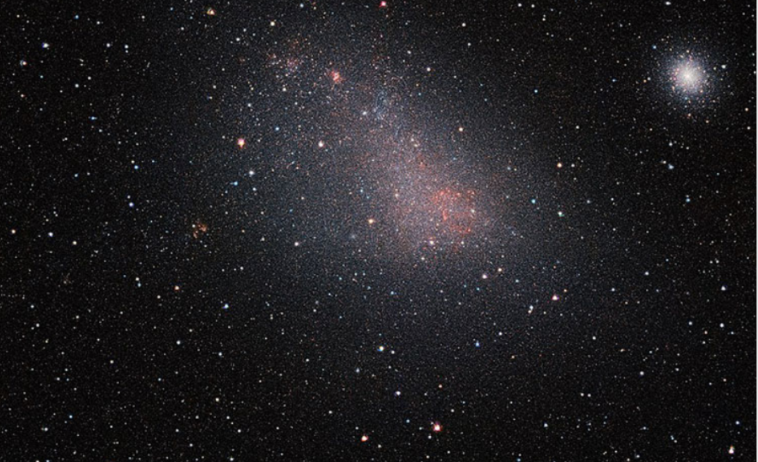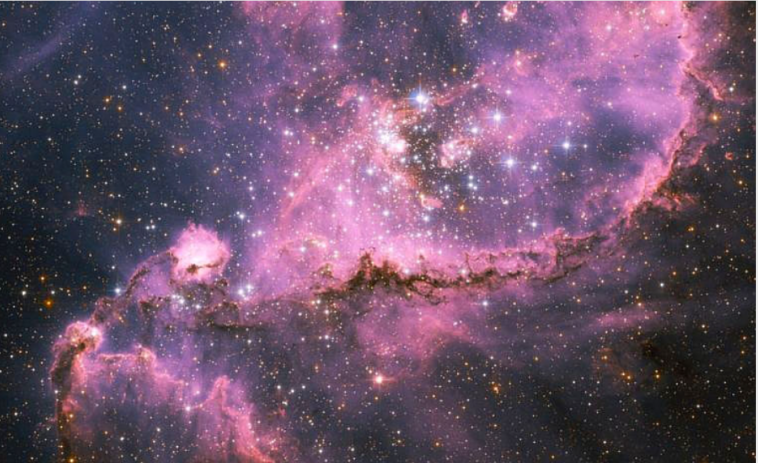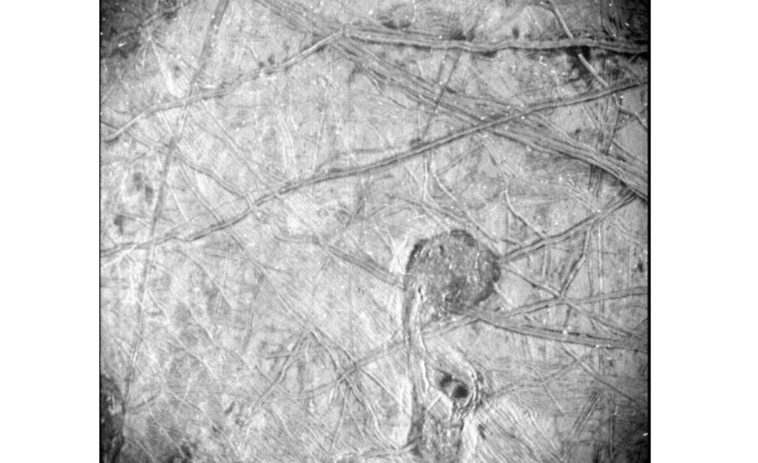Where stars are born

Real stars (the one up there) were formed over millions of years. They last for tens, hundreds and billions of years, create new life. Curiously even when they die out, only eons separate us from the moment when their star dust and gas will once again form brand new stars.
By learning what, how, when new stars are born, we better understand the nature of the universe and our chances of one day becoming a galactic civilization.
Today we bring you a photo of a stellar birthing chamber in the Small Magellanic Cloud. More precisely in the open, spiral star cluster of NGC 346. The Small Magellanic Cloud is visible from the southern hemisphere of the Earth and represents a small, sister galaxy of our Milky Way 200,000 light years away.
It contains numerous clusters of stars, nebulae, gas and dust. NGC 346 has a mass of fifty thousand stars of the mass of our Sun!
The scenes of the formation of stars are enchanting and they are best viewed from a distance. The photo below is the result of the joint work of the Hubble Space Telescope and the Very Large Telescope complex of the European Southern Observatory (ESO) in the high mountains of Chile.
ESO/VISTA VMC, CC BY 4.0, via Wikimedia Commons
Magellanic clouds
- The Large Magellanic Cloud (LMC) is a nearby galaxy that was assumed to be of an irregular type.
- Ancient peoples used the Magellan clouds for navigation because they were easily visible and stable in the sky, i.e. they were easy to spot and recognize.
- There is evidence that there were discussions about the Magellanic Clouds as early as the first millennium, and the famous Persian astronomer Al Sufi very likely described the LMC as early as 964.
- Under the influence of our galaxy, the Magellanic clouds have a jagged shape and are rich in gases.
- The first Europeans who observed and described the Magellanic Clouds were Italian researchers. It was at the end of the 15th century.

- The famous navigator Ferdinand Magellan used Clouds for navigation during the navigation of the southern seas at the beginning of the 15th century. The clouds are named after him.
- The LMC is located 163,000 light years from us. The SMC is a distant galaxy and its distance from us is about 200,000 light years.
- For years, astronomers believed that the Clouds orbited the Milky Way. However, new measurements show that they move too fast for such a thing.
- Recent studies suggest the possibility that the Small Magellanic Cloud was split into two parts under the gravitational influence of the Large Cloud, from a once single galaxy.
JUNO: Here is a picture of Europa
Studying the surface of the satellite leads to a better understanding of its history, but also to the knowledge of its interior. It is difficult to recognize the surface of the celestial body in this photo, but it is Jupiter’s large satellite, Europa.
As a reminder, Europa is one of the four large, or Galilean satellites. It is covered with kilometers of ice, under which there is a huge ocean of salt water. This water is the basis of astrobiologists’ belief that there are living organisms inside the satellite.
You can see an area of 150 by 200 kilometers of frozen distant world. At the bottom right is an unusual shape, at least at first glance. It is the frozen water that has come out to the surface.

The shiny, white dots that can be seen in the upper part of the photo resemble snowflakes, but they are particles of high energy. They originate from extreme radiation.
The picture originates from Jupiter’s orbiter Juno, which is intended primarily for studying Jupiter itself, but during its trips around the planet, the cameras of these spacecraft also record the environment, satellites, Jupiter’s rings, etc.

